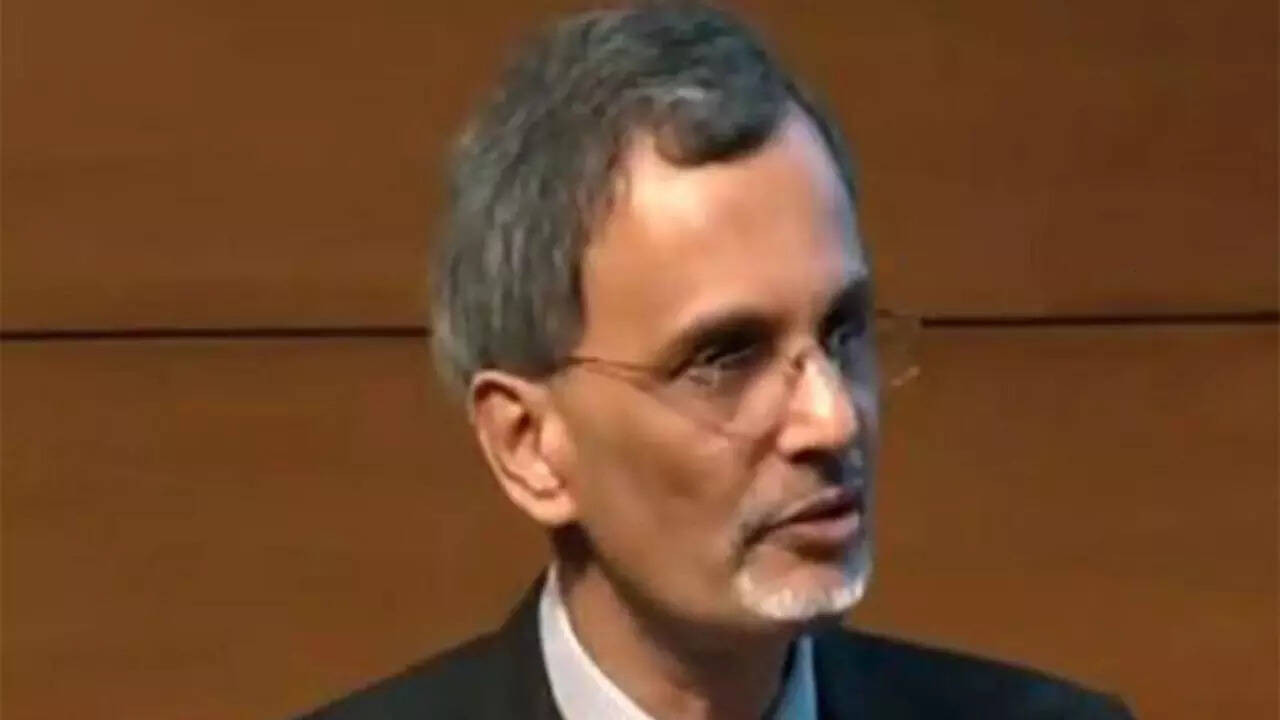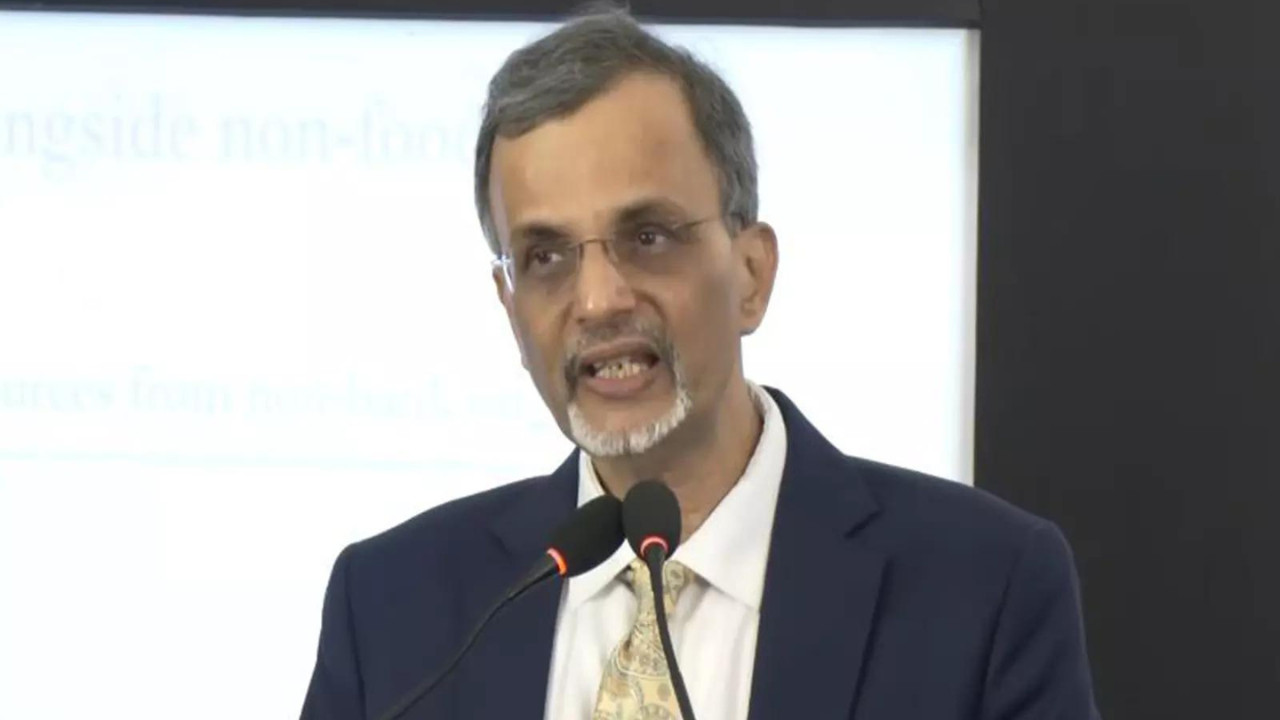Chief Economic Advisor V Anantha Nageswaran is confident India’s FY26 economic growth will surpass 6.8%, driven by increased consumption from GST rate cuts and income tax relief. He anticipates growth exceeding 6.5% and is comfortable projecting above 6.8%, awaiting Q2 numbers for a potential upward revision.
India’s Growth Story: Buckle Up for a Brighter FY26
The Indian economy, that ever-churning engine of progress, is poised for a period of robust expansion, with projections suggesting a growth rate exceeding 6.8% in fiscal year 2026. This isn’t just wishful thinking; it’s a sentiment fueled by tangible drivers and a growing sense of optimism.
The Chief Economic Advisor (CEA), V. Anantha Nageswaran, recently articulated a decidedly upbeat outlook, painting a picture of an economy benefitting from structural reforms and strategic policy interventions. What’s behind this renewed confidence? Let’s delve into the factors shaping India’s economic trajectory.
GST: A Catalyst for Sustained Economic Growth
One of the key pillars supporting this optimistic forecast is the Goods and Services Tax (GST). Remember the initial teething problems and the debates surrounding its implementation? Those days are largely behind us. The GST, now a well-integrated part of the economic landscape, has streamlined the indirect tax system, fostering greater efficiency and transparency.
More importantly, the potential for future GST rate rationalization promises to unlock further economic value. Strategic cuts to GST rates on specific sectors can provide a much-needed stimulus, encouraging consumption and investment. This, in turn, can accelerate economic activity and propel overall growth. The impact of carefully considered rate adjustments can ripple through the economy, creating a positive feedback loop that strengthens India’s position on the global stage.

Tax Relief: Boosting Disposable Incomes and Investment
Tax relief measures also play a crucial role in bolstering the Indian economy. By easing the tax burden on individuals and businesses, the government can inject more disposable income into the system. This additional capital can then be channeled towards consumption, savings, and investment, all of which contribute to economic expansion.
Specifically, corporate tax cuts can incentivize businesses to invest in capacity expansion, research and development, and job creation. These investments, in turn, can drive productivity gains and enhance India’s competitiveness in the global market. On the individual front, tax relief can boost consumer spending, supporting domestic demand and driving growth across various sectors.
Riding the Wave of Global Optimism
While domestic factors are undeniably important, it’s impossible to ignore the influence of the global economic climate. A resurgence in global economic activity can create new opportunities for Indian businesses, particularly in export-oriented sectors. A favorable external environment can boost demand for Indian goods and services, driving export growth and contributing to overall economic expansion.
However, it’s crucial to acknowledge the inherent uncertainties in the global landscape. Geopolitical tensions, trade wars, and inflationary pressures can all pose challenges to India’s economic prospects. Therefore, a balanced approach that combines proactive domestic policies with careful monitoring of global developments is essential for navigating these challenges effectively. You may also be interested in reading our piece on [India’s evolving startup ecosystem](internal-link).
Infrastructure Development: Laying the Foundation for Future Growth
Beyond tax policies and global trends, infrastructure development remains a cornerstone of India’s long-term economic growth strategy. Investments in infrastructure projects, such as roads, railways, ports, and airports, can improve connectivity, reduce transportation costs, and enhance the overall efficiency of the economy. These improvements, in turn, can attract foreign investment, stimulate industrial growth, and create new employment opportunities.
The government’s continued focus on infrastructure development, through initiatives like the National Infrastructure Pipeline, is a testament to its commitment to laying the foundation for sustained economic growth. These investments are not just about building physical infrastructure; they’re about building a more resilient, competitive, and prosperous India.
A Promising Outlook
The Indian economy is currently at a pivotal point. With a combination of strategic policy interventions, a favorable global environment, and a continued focus on infrastructure development, India is well-positioned to achieve its growth targets. While challenges undoubtedly remain, the overall outlook is undeniably positive, suggesting that the Indian growth story is far from over. It’s a period of dynamic change and strategic evolution, with all signs pointing towards a vibrant and prosperous future. The projected growth rate of over 6.8% for FY26 isn’t just a number; it’s a symbol of India’s economic resilience and its potential to emerge as a global economic powerhouse.







